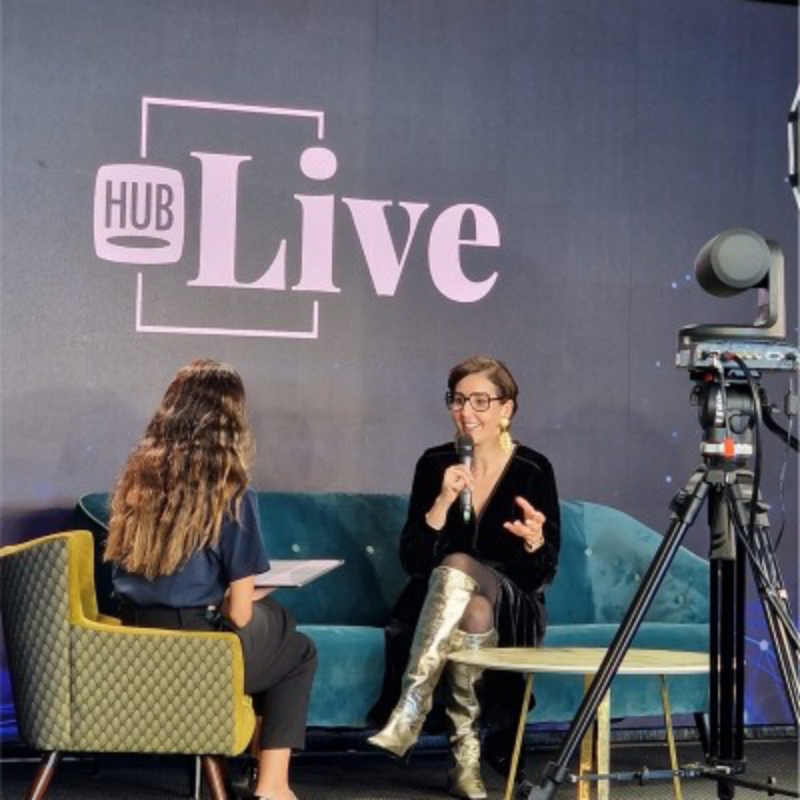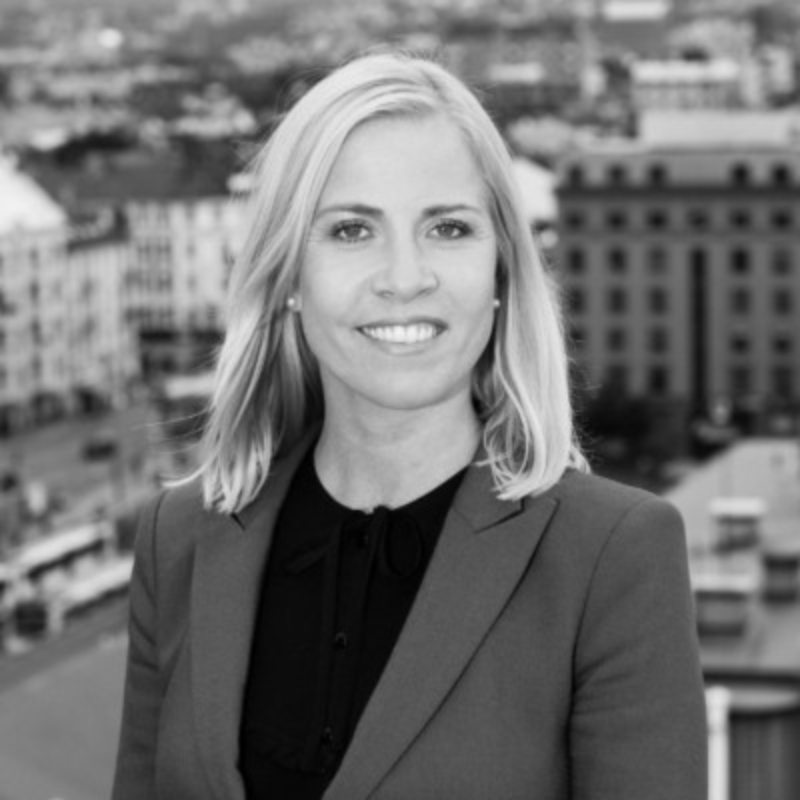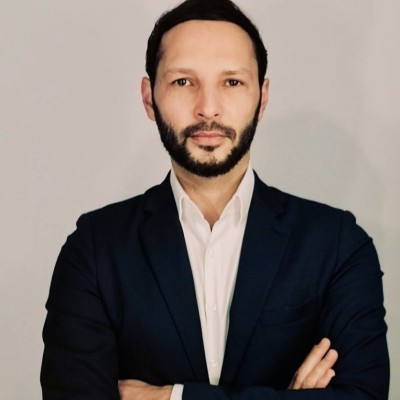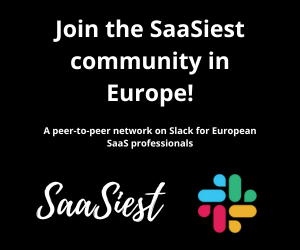As we approach the end of the year, the pressure to finalize deals and meet targets intensifies. To close strong in these final months, we gathered insights from some of the sharpest minds in B2B SaaS. Here’s what they had to say about securing last-minute deals and ensuring a strong finish to 2024:
1. Leverage implementation costs if you have implementation fees, consider offering a discount if the kickoff occurs before January 1st or if payment is made in January with the new budget year. This way, you don’t discount your ARR, but you help customers with tight budgets at year-end.
2. Offer high-value freebies consider providing a complimentary service or support package for a limited time as an incentive for signing before the end of the year.
3. Annual implementation discounts for annual subscriptions, offer an extraordinary discount for the first year, which will decrease or end with the next renewal, in exchange for a longer-term commitment.
1. In advanced stages of the sales cycle, unresolved objections can still derail a deal. Encourage your team to proactively address potential concerns before they are raised by the prospect. Equip them with the necessary resources—case studies, testimonials, and counter arguments—to confidently navigate and neutralize these objections.
2. Time-sensitive incentives can be powerful motivators. Introduce offers that expire at year-end, such as discounts, extended payment terms, additional features or value-added services at no extra cost. Align these incentives with the prospect’s internal deadlines or budget cycles to create a mutual urgency to finalize the deal.
3. Often, deals stall because the right people aren’t fully bought in. Have your team map out the decision-making hierarchy and ensure they are actively engaging with each stakeholder, addressing their specific concerns, and reinforcing the value proposition. Every high value deal should also have an executive sponsor from the management team directly involved in communicating with decision maker and the prospect’s team.
1. Focus on showing the value by making a business case together with the Champion.
2. Ensure to go through the Business case with the Economic buyer.
3. Create a physical exclusive event where you invite existing references and prospects to meet and discuss in person. Possibly together with great partners to split the costs and invite customers together.
1. Identify and prioritize opportunities with the highest probability
a) Review activity levels (meetings, demos, number of touchpoints), deal sizes, and sales stages. Prioritize according to customer engagement and strategic relevance, then allocate your team’s time accordingly.
b) Ensure that you have the best people working on your most strategic and important deals. Sales is a team sport, so make sure your broader team—consisting of sales, pre-sales, operations, and customer success—is aware of the prioritization and is allocating enough time to secure a win.
c) Use end-of-year incentives and year-end budget expirations to accelerate the decision-making process!
2. Showcase and communicate a clear ROI
a) Share relevant case studies and customer testimonials where ROI is clearly demonstrated.
b) Communicate and showcase how your solution will help the prospect achieve their goals through the partnership.
c) Ensure that ROI communication is reaching the right people—increase touchpoints with executive decision-makers through multiple channels.
3. People buy from people!
a) Invest in face-to-face time as much as possible. Partnerships are built in a face-to-face setting, not in virtual meetings.
b) Ensure all communication to the prospect is value-driven and personalized.
c) Demonstrate how the partnership and value journey will look throughout the customer lifecycle. The relationship only begins with a signature, and a strong and well-defined Customer Success strategy will accelerate decisions and support long-term value-driven partnerships.
1. Salespeople often focus solely on winning the deal and only engage procurement, IT, and security teams once a verbal agreement is in place. This approach is risky, as unexpected processes and requirements can significantly delay the contract signing, jeopardizing the close. To avoid this, proactively send all necessary documentation to procurement and ensure that your cloud conditions and data-related topics have been reviewed and approved by IT before you’re selected as the preferred vendor.
2. Even with a verbal commitment, a deal is not finalized until the contract is signed. I’ve seen many salespeople lose focus in the final stages, assuming victory prematurely, only to encounter last-minute hurdles. Stay focused on the finish line and ensure you’re actively following up with your customer, anticipating and addressing any potential blockers that could arise before the deal is officially closed.
3. As the year draws to a close, customers often find themselves with more remaining budget than anticipated. Be proactive in discussing this with your clients and secure this budget for your solutions. Propose to address their upcoming needs for 2025 or expand the current deal to cover more users or functionalities than initially planned. This can help you maximize the opportunity size and close more significant deals.
1. Step away from end-of-year discounts and shift the mindset to ‘early-bird’ offers instead. This approach will bring sales forward and allow you to focus on just a few remaining deals at the end of the year.
2. Agree on the buying process and potential contracting timelines as early as possible. Don’t wait for the client to confirm the win before starting this process, as it can cause deals to slip. Begin working with legal on draft contracts early so they are ready for signing when the client says yes.
3. Implement an e-signing solution to ensure that signing doesn’t get delayed due to document chasing during holiday periods.
1. Many companies have budgets they need to allocate by the end of the year. Highlight how your solution can help them maximize their remaining budget while also setting them up for success in the coming year.
2. Simplify the purchasing process. Offer shorter contract terms, flexible payment options, or even (lifetime) discounts. However, be cautious not to negatively impact net MRR movements when offering discounts. If December is typically a slow month for your product, with low new business and higher churn, large discounts may skew your numbers for the final month. Use data to support any discounts you offer.
3. Understand your prospect’s specific year-end goals and tailor your pitch to meet those needs. If they need to improve performance metrics before the year ends, emphasize how your SaaS solution can deliver quick wins. Case studies or testimonials showcasing similar success stories can also strengthen your value proposition.
1. Create industry-specific educational events targeted at key opportunities, featuring a highly relevant customer or promoter to pitch their use case.
2. Analyze the existing customer base to identify accounts for expansion in 2024, either as part of the renewal process or by expanding their offering.
3. Revisit churned customers and analyze the reasons for their departure. Assess their current situation and explore potential win-back efforts based on the churn reasons (e.g., a targeted campaign, special win-back offers, extended support, etc.).
4. Organize a calling day event where all customer-facing teams participate with the mutual goal of booking external meetings. Prepare call lists in advance and involve everyone by creating smaller teams, highlighting the best-performing teams and individuals four times throughout the day.
1. Constantly qualify your own ‘qualified pipeline’. Are your opportunities meeting the definition of your sales stages, ICP, and qualification standards? Are they (and you) truly committed to following your process? We follow the Winning by Design process and principles to measure this, including well-defined sales stages, forecasting definitions, and qualification standards. We frequently evaluate the pipeline as a team and in 1-on-1s.
2. Don’t let cycles get pushed to the last moment (quarter or year-end). Keep tracking the sales cycle length and measure these against the average runtime of your deals. When they start exceeding the average runtime, use your data to redefine priorities.
3. For myself and non-closing team members, maintain a strong focus on pipeline building. The world continues after year-end, and you’ll need a healthy pipeline for Q1 as well.
1. Review your pipeline and identify high-value opportunities by focusing on deals that are most likely to close before the end of the year. Engage directly with decision-makers, offer tailored solutions, and provide incentives like limited-time discounts or enhanced service packages to create urgency and drive commitment.
2. Ensure your sales processes are streamlined, you have a mutual success plan, and your team fully utilizes CRM tools to track progress, forecast accurately, and automate follow-ups. Use data to identify and remove bottlenecks, allowing your team to spend more time on selling and less time on administrative tasks.
3. Create a competitive yet collaborative environment by setting achievable targets with attractive end-of-year bonuses and spiffs. Regularly communicate progress, celebrate wins, review losses, and provide support where needed to keep morale high and maintain momentum as the year-end approaches.
1. Mobilize and align the team around the goal and the importance of reaching it. Break down end-of-year targets into daily and weekly goals, and make sure to celebrate small and big wins to maintain momentum. Create artificial deadlines for team sprints, as deadlines make sales reps step outside their comfort zones more often and fight harder. Use daily stand-ups to follow up and remove blockers. Few things offer greater return on less investment than praise – offering credit to those who have stepped up and done the job. The effect of this mobilization and seeing the whole team take out more than they thought was possible, builds pride, passion and confidence and the urge to fight for the team.
2. Ruthlessly disqualify and address objections early to ensure you only spend time on deals with the highest probability of closing. Time is a sales rep’s biggest enemy. Make sure you spend time where it matters.
3. Time-limited offers: All companies, including our decision makers, strive to end the year in the best possible way. Make sure to establish a strong Champion that can introduce you to the Economical Buyer. Build a business case with the Champion to convince the Economical Buyer of the ROI. Understand the decision making process, criterias and timeline early on, and ask for the possibility of finalizing before year-end. Offer the reward/incentive to ensure decisions are made on the right side of the year-end and drive the process towards the signature date with proactive and valuable follow-ups.
4. Bonus tip. Opportunity is in the eyes of the beholder. Be obsessive in looking for the upside in the downside.
1. Look inwards first, then outwards – When trying to find “more,” it can be tempting to try all sorts of new things: new target market, new pitch, new persona. All the “stone turning” exercises take time and effort away from your core work. Take some time to dive into what has already worked for you in terms of GTM and Geos, and try to double down on that first. Then look at what has come in but didn’t convert. Maybe it’s time to circle back. Expand into looking at customer usage to see if you can spot positive signals for expansions inside or outside the company. THEN look outwards, but always remember: New markets and personas are rarely short-term growth drivers.
2. Perfect your qualification – If you’re in enterprise sales, much of your pipeline for this will already have been built by now, and your biggest wins will come from focusing on the opportunities that you already have. The best way to make things move fast – in or out – is by being meticulous about your qualification all the way through the process. Whatever your methodology, make sure that you are unafraid of qualifying and get really close to why change, why now, and why your solution. Stay on top of the buyers’ process to make sure you weed out any bad surprises.
3. Build the internal hype – the three Cs – Everyone needs energy to keep the pace up, and everyone in sales loves compensation, competition, and celebrations. Although we can probably all agree that money talks, this one is even more about building a culture of celebration and recognition, where people pay extra attention to figuring out how to bring in more business. Celebrating all the wins and remembering to recognize the contributors will help create the fundamentals for a performance culture.
4. Don’t scream at the scoreboard – This one is for all the sales leaders who are in a pinch and trying to recover some ground. Screaming at the scoreboard or relentlessly sending out emails about the numbers and reminders that you need “more” will not get you there and will only build resentment. Get on the ground, be on the calls, do your opportunity coaching, and help make it happen.
1. We’re leveraging our AI scraper to identify leads who have specifically expressed interest in projects aligned with Q4 2024 timelines, as noted in emails or CRM entries. These leads are already primed for engagement, with their project timing perfectly matching our Q4 focus. By targeting these leads, we can significantly increase our chances of securing commitments before the year ends.
2. To encourage prospects to close deals before year-end, we’ll introduce tailored incentives such as discounts, additional features, or extended service periods at no extra cost. These incentives will be designed to meaningfully address any potential objections. Additionally, we’ll send personalized holiday greetings, small gifts, and exclusive offers to key prospects and existing clients to foster goodwill, strengthen relationships, and open up conversations.
3. We plan to conduct complimentary, end-of-year health checks or audits for our current customers. This will not only demonstrate the ongoing value of our service but also help identify upsell opportunities. For clients with whom we’ve previously discussed upsell options, we’ll emphasize the advantages of utilizing any remaining budget before the year ends, particularly for long-term investments like SaaS.
1. We’re leveraging our AI scraper to identify leads who have specifically expressed interest in projects aligned with Q4 2024 timelines, as noted in emails or CRM entries. These leads are already primed for engagement, with their project timing perfectly matching our Q4 focus. By targeting these leads, we can significantly increase our chances of securing commitments before the year ends.
2. To encourage prospects to close deals before year-end, we’ll introduce tailored incentives such as discounts, additional features, or extended service periods at no extra cost. These incentives will be designed to meaningfully address any potential objections. Additionally, we’ll send personalized holiday greetings, small gifts, and exclusive offers to key prospects and existing clients to foster goodwill, strengthen relationships, and open up conversations.
3. We plan to conduct complimentary, end-of-year health checks or audits for our current customers. This will not only demonstrate the ongoing value of our service but also help identify upsell opportunities. For clients with whom we’ve previously discussed upsell options, we’ll emphasize the advantages of utilizing any remaining budget before the year ends, particularly for long-term investments like SaaS.



















